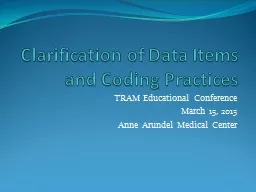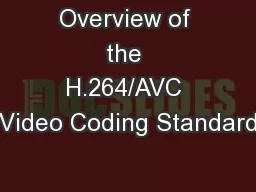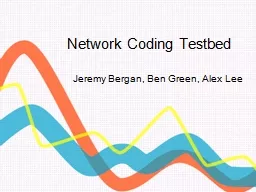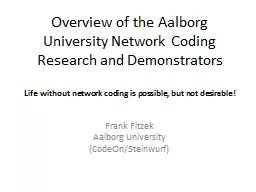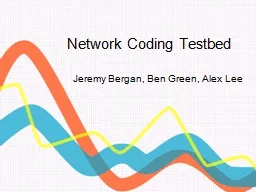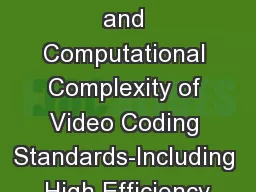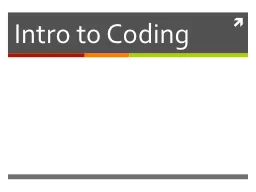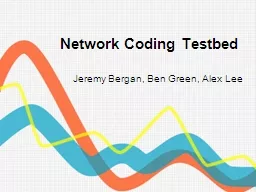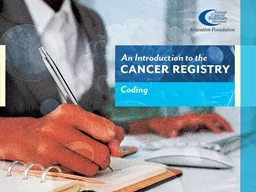PPT-Clarification of Data Items and Coding Practices
Author : luanne-stotts | Published Date : 2017-12-17
TRAM Educational Conference March 15 2013 Anne Arundel Medical Center Clarification of Data Items and Coding Practices Objectives Discuss various data items and
Presentation Embed Code
Download Presentation
Download Presentation The PPT/PDF document "Clarification of Data Items and Coding P..." is the property of its rightful owner. Permission is granted to download and print the materials on this website for personal, non-commercial use only, and to display it on your personal computer provided you do not modify the materials and that you retain all copyright notices contained in the materials. By downloading content from our website, you accept the terms of this agreement.
Clarification of Data Items and Coding Practices: Transcript
Download Rules Of Document
"Clarification of Data Items and Coding Practices"The content belongs to its owner. You may download and print it for personal use, without modification, and keep all copyright notices. By downloading, you agree to these terms.
Related Documents

